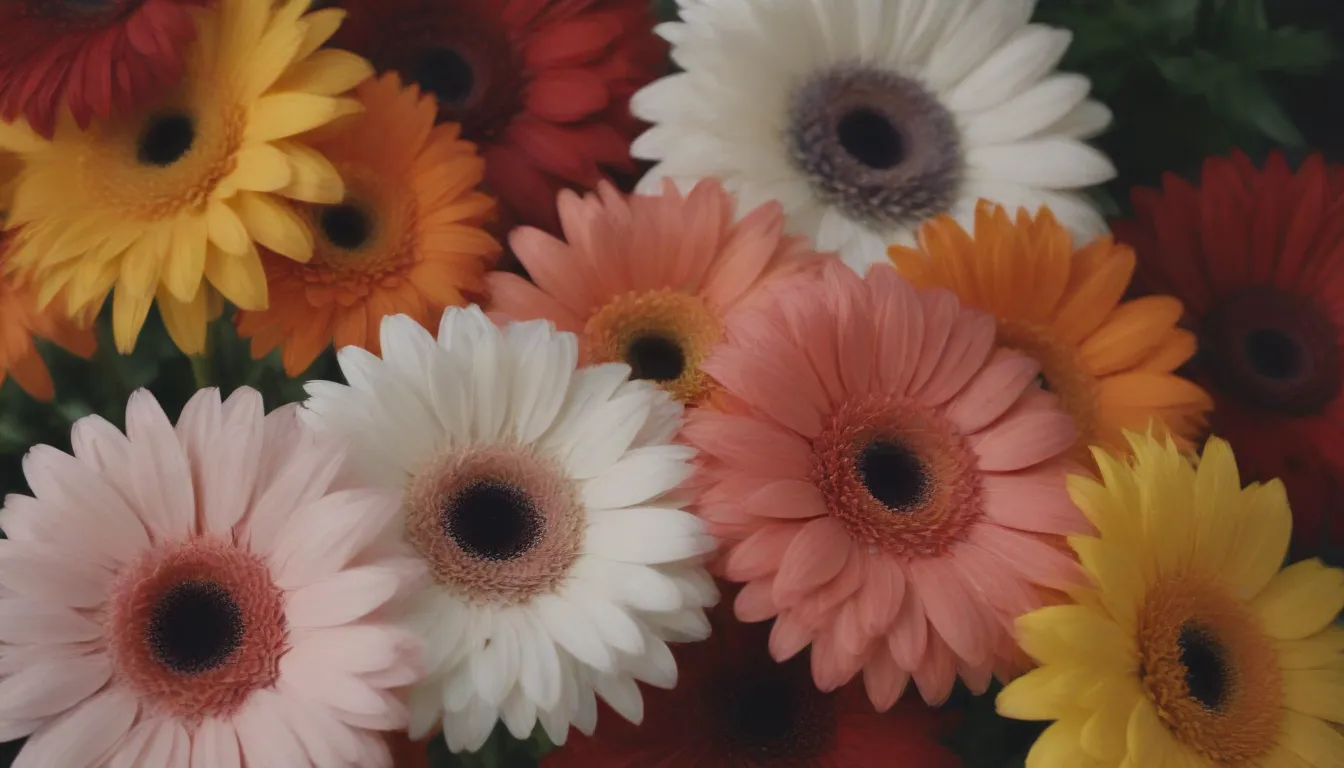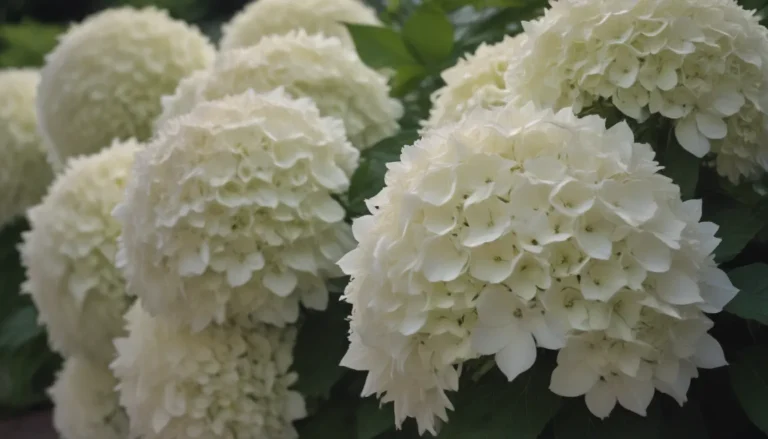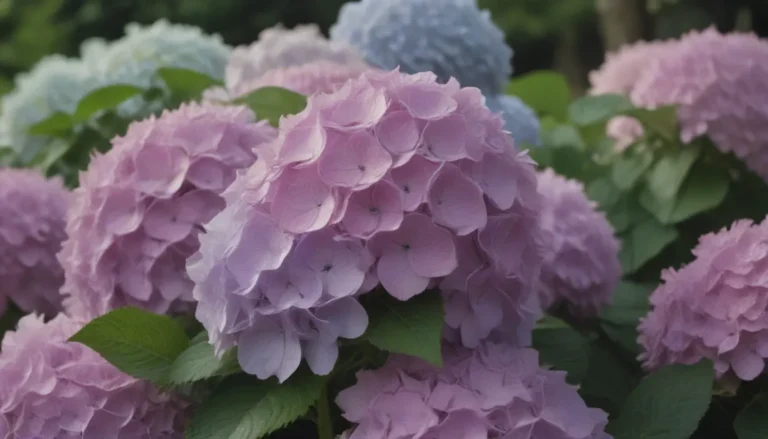Everything You Need to Know About Growing and Caring for Gerbera Daisies

Gerbera daisies are a delightful addition to any garden, with their vibrant colors and cheerful blooms. Whether you’re a seasoned gardener or a beginner, these beautiful flowers are a great choice for adding a pop of color to your landscape. In this comprehensive guide, we’ll cover everything you need to know to grow and care for Gerbera daisies successfully.
Introduction to Gerbera Daisies
Originating from South Africa, Gerbera daisies belong to the Aster family and have been bred for their stunning flowers. Available in various hybrids, these flowers are categorized into four classes: single flower, semi-double flower, double flower, and spider flower. While they are tender perennials in warm climates, they are often grown as annuals in colder regions.
Gerbera Daisy Care Tips
Taking care of Gerbera daisies involves providing them with the right conditions to thrive. Here are some essential care tips to help your Gerbera daisies flourish:
Light
- Gerbera daisies thrive under full sun but can benefit from some afternoon shade in hot climates.
- Avoid planting them near structures that reflect heat onto the plants.
Soil
- Start with rich, well-draining soil high in organic matter.
- Maintain a soil pH between 5.5 and 6.5 to prevent chlorosis or black spots on the leaves.
Water
- Water regularly, ensuring the soil is moist but not waterlogged.
- Adjust watering frequency based on the plant’s needs, especially during hot, dry spells.
Temperature and Humidity
- Gerbera daisies prefer USDA hardiness zones 8 through 10 and cooler winter temperatures.
- No specific humidity requirements for these flowers.
Fertilizer
- Use a water-soluble fertilizer high in phosphorus and low in nitrogen during the spring and summer.
- Alternatively, apply compost monthly to provide nutrients to the plants.
For more gardening tips and tricks, don’t forget to sign up for our free gardening newsletter!
Types of Gerbera Daisies
- ‘Terracotta’: Add description or unique characteristics.
- ‘Winter Queen’: Discuss blooming patterns or care requirements.
- ‘Giant Spinner’: Highlight size or color differences.
Pruning and Propagating Gerbera Daisies
To keep your Gerbera daisies healthy and promote continuous blooming, it’s essential to prune and propagate them correctly:
Pruning
- Deadhead faded blooms to extend the blooming period.
- Remove dying buds and trim older leaves to encourage new growth.
Propagation
- Propagate Gerbera daisies from cuttings or divisions during the active growth period.
- Divide mature plants to maintain vigor and promote flowering.
Growing Gerbera Daisies From Seed
Starting Gerbera daisies from seed can be a rewarding experience. Begin seeds indoors before the last frost date, and transplant carefully to avoid root disturbance. Consider using peat or paper pots for easier handling.
Potting and Overwintering Gerbera Daisies
- Repot Gerbera daisies annually or as needed to prevent root crowding.
- Provide winter protection in colder climates by mulching or moving indoor in pots.
Common Pests and Diseases
Gerbera daisies are generally low-maintenance but can be prone to pests and diseases:
- Common Pests: Aphids, whiteflies, spider mites, and thrips can be managed with insecticidal soap or horticultural oils.
- Powdery Mildew: Address powdery mildew promptly to prevent stress on the plants.
- Crown or Root Rot: Ensure proper watering to prevent root rot and stunted growth.
- Botrytis Blight: Maintain good air circulation and water plants at the soil level to prevent fungal infections.
- Iron Deficiency: Monitor soil pH and nutrient levels to prevent nutrient deficiencies in the plants.
Tips for Blooming Gerbera Daisies
- Provide ample sunlight and rich soil for healthy growth.
- Consider the differences between Gerbera daisies and Shasta daisies for your garden.
In conclusion, Gerbera daisies are a wonderful addition to any garden, offering vibrant colors and cheerful blooms. By following the care tips provided in this guide, you can ensure your Gerbera daisies thrive and continue to brighten your outdoor space. With a little attention and effort, you’ll enjoy a beautiful display of these stunning flowers in your garden. Happy gardening!





